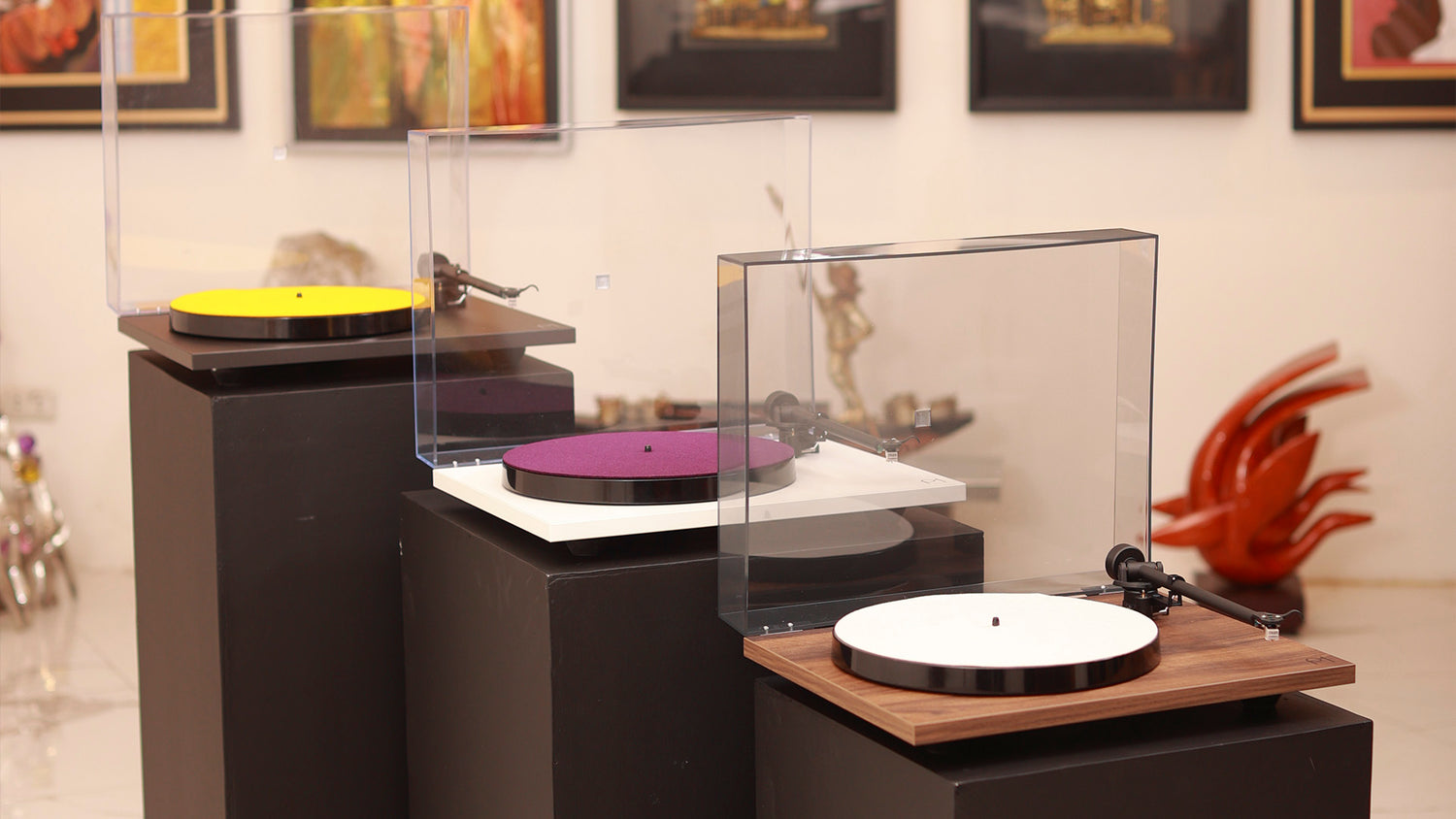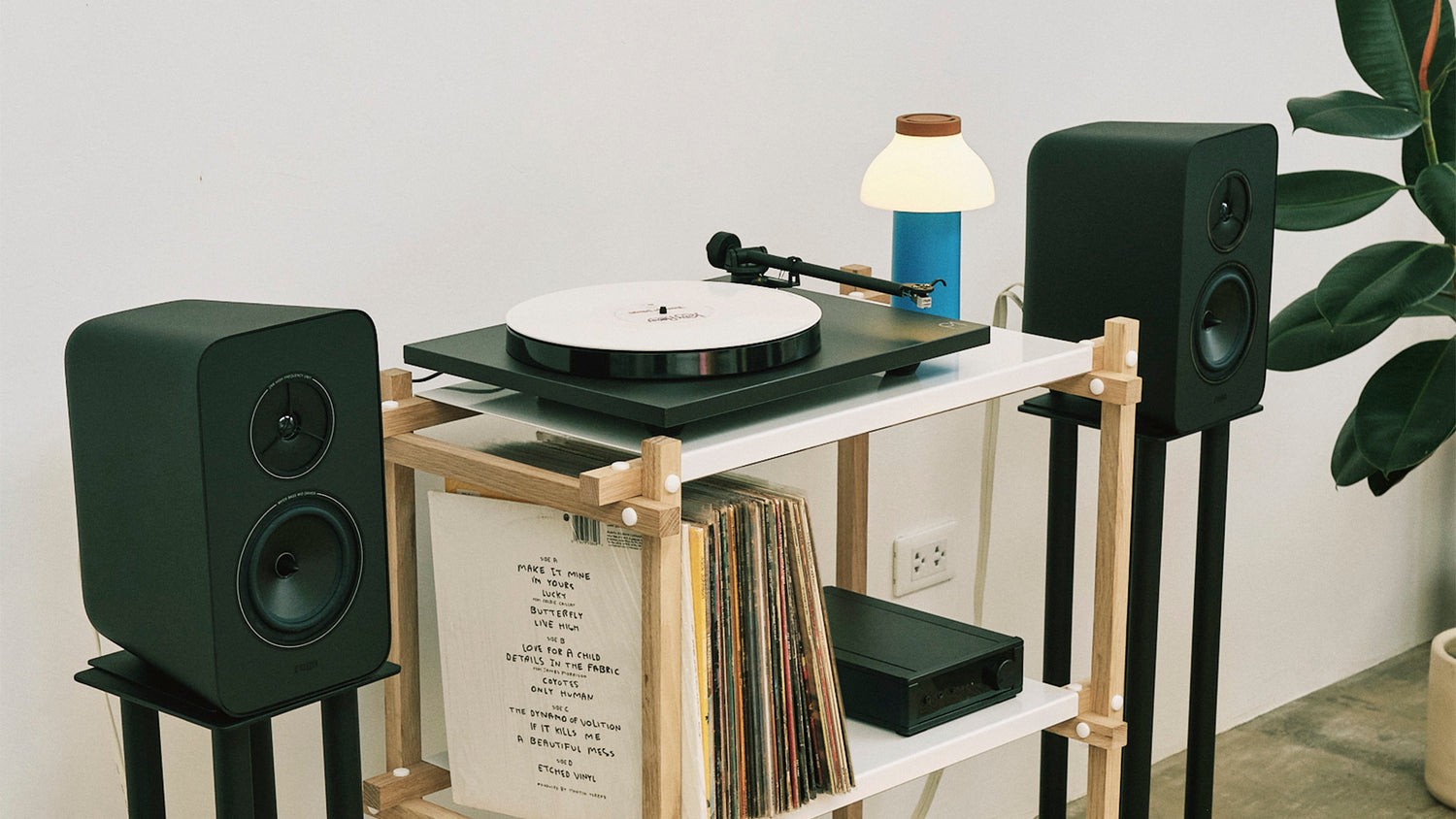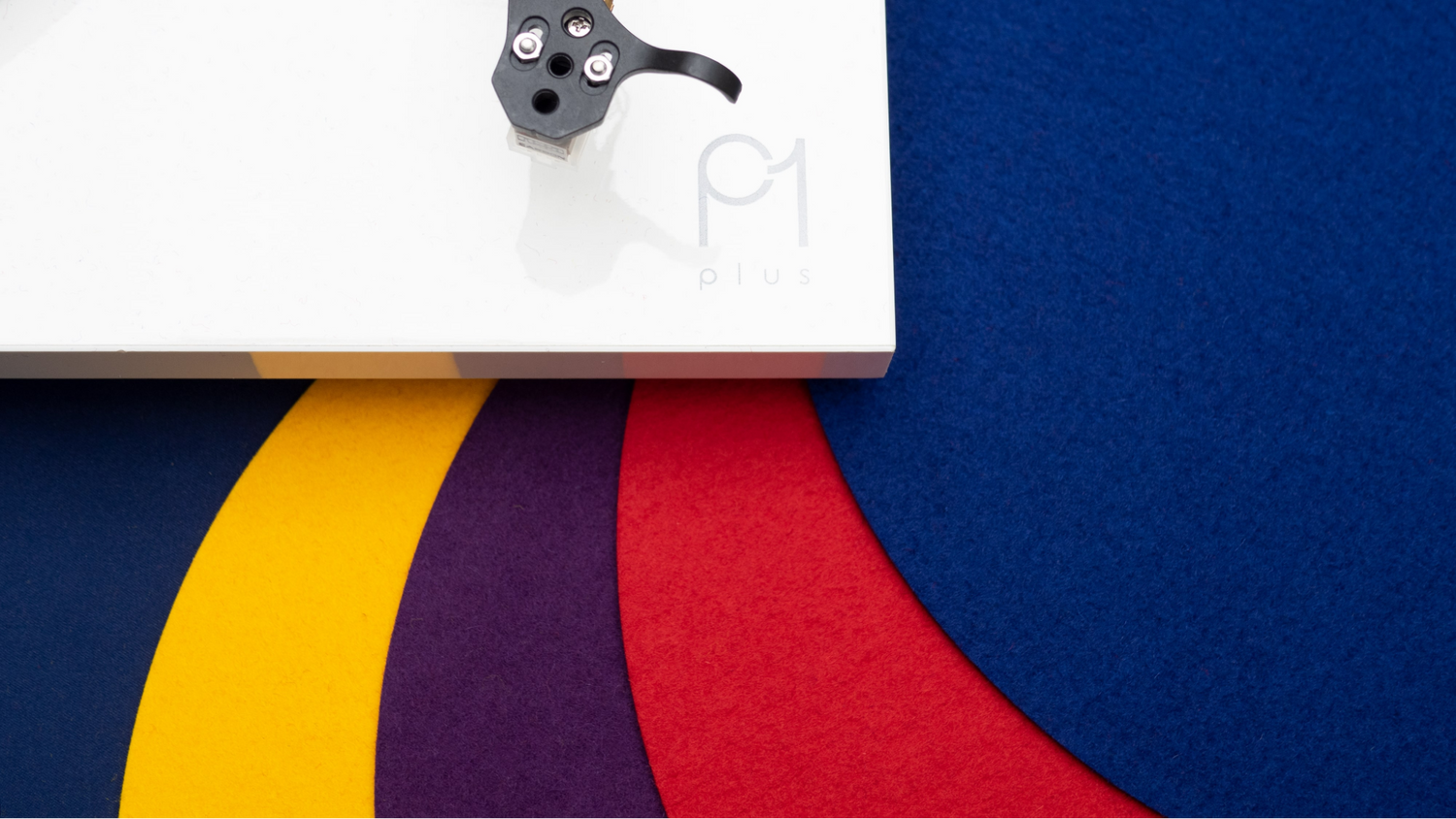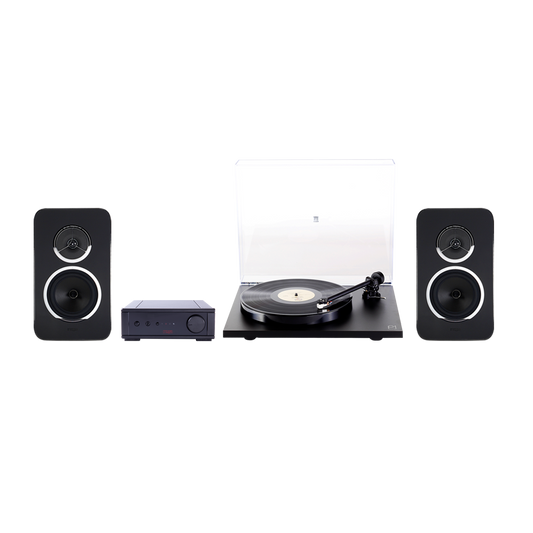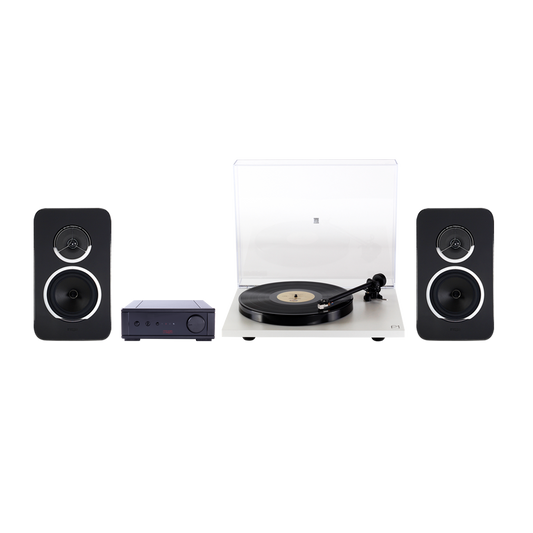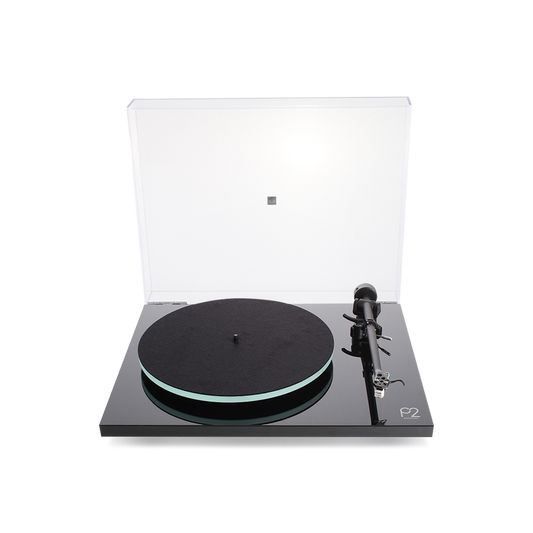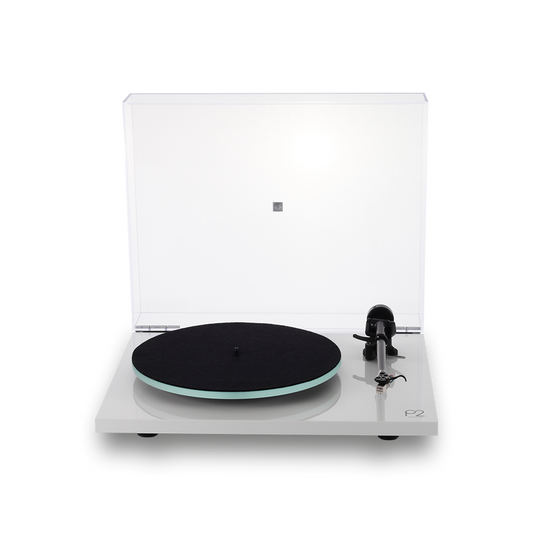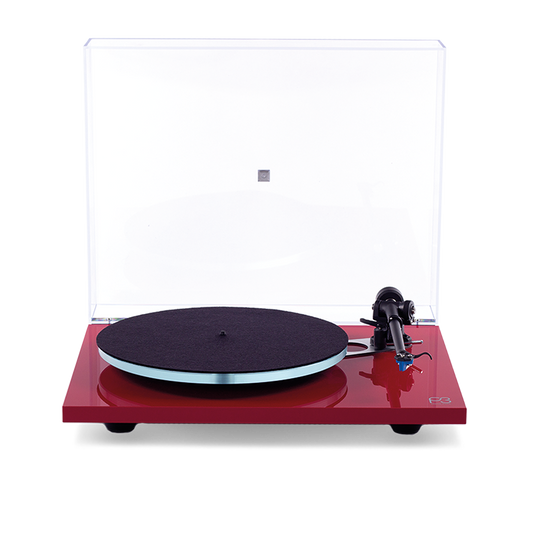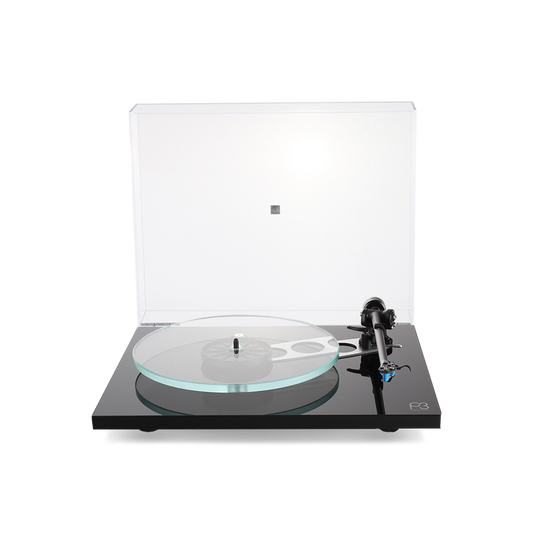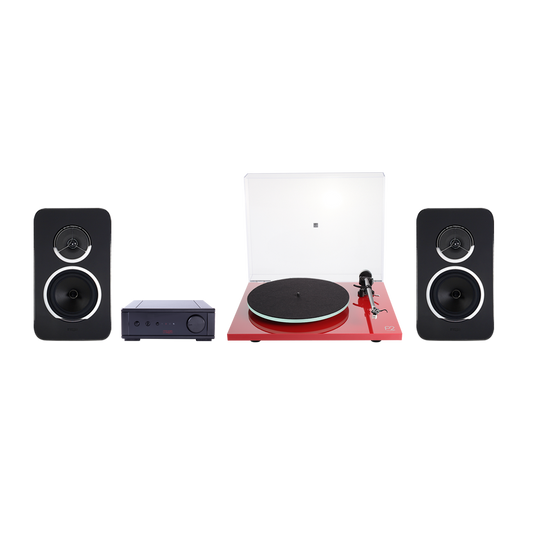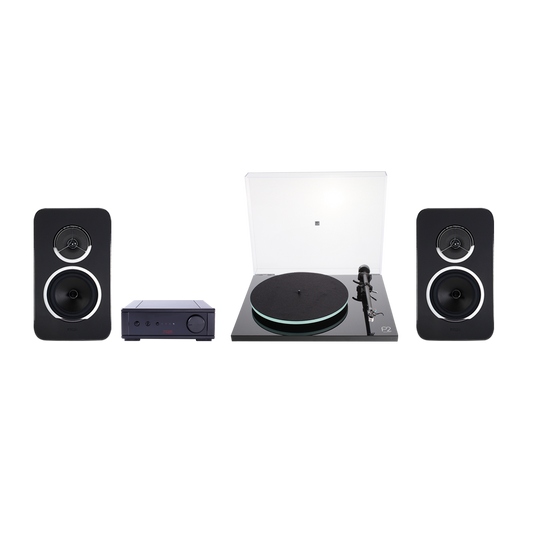There’s something so alluring about listening to a record on a turntable. The steps you take to have your vinyl spinning become your own comforting ritual. Your album collection becomes mementos of different milestones. And the analog music, or the continuous sound waves generated by the artist and their instruments, recorded on vinyl gives you a more meaningful way to experience your music.
But before you dive into the world of turntables, you’ll need to keep some practical aspects in mind. These pointers will help you make a wise and informed decision when building your turntable setup.
1. Your available space and components
First, assess your starting point. Where will you set up your turntable system? What audio components do you already have? These factors will help you identify what you need, as well as consider compatibility and setup alternatives.
For example, if you have limited space, you can buy a turntable with built-in components meant for tighter setups. Pre-existing home audio components also mean you have more to work with and less equipment to purchase.
2. Time and budget
Secondly, determine how much time, effort, and money you’re willing to invest into this hobby.
A more advanced system will require more investment but produce more rewards as it provides a listening experience tailored to your liking. But suppose you’re just starting out and not ready to go all-in on an expensive setup. In that case, you can opt for budget-friendly options that can still offer a satisfying listening experience. (The System One is an excellent beginner’s choice!)
If you’re having difficulty deciding what kind of experience you prefer, we’re here to help. You can contact us here. All questions are welcome.
3. Turntable jargon
Familiarizing yourself with turntable jargon is crucial for choosing components that best suit your needs and preferences. This basic knowledge will also help you easily follow manuals and engage with other turntable enthusiasts.
Here are some common terms to know:
-
RPM: RPM stands for Revolutions Per Minute and counts the number of spins your record plays per minute. There are three speeds: 33.3 RPM, 45 RPM, and 78 RPM.
- The common speed is 33.3 RPM.
- All Rega turntables on this website can be configured to play at 33.3 RPM and 45 RPM.
-
RCA: The RCA Cable is an electrical connector that carries video and audio signals. Many turntables feature RCA output cables to connect to your HiFi systems. All Rega turntables on this website include an RCA cable.
-
Tracking force: The pressure that is concentrated on the cartridge needle. Check out the Rega Atlas Tracking Force.
-
Tonearm weight/ Counterbalance: Weight on the tonearm that controls tracking force. This is the tiny donut-shaped piece attached to the back of the tonearm.
-
Torque: Measure of force or power of the turntable motor; DJ turntables require higher torque.
-
Pitch control: Allows you to control the speed of the spinning platter and is usually measured in percentage.
- Anti-skating: A select turntable feature that helps the needle ride the center of the record groove.
4. Parts of a system
Understanding the role of each part helps you select options that align with your preferences and budget. This empowers you to get the most out of your turntable and enhance your listening experience.
Learn more: Parts of a turntable system
5. Common turntable setups
By exploring various configurations, you can choose the setup that aligns with your desired audio experience, room size, budget, and existing equipment. Familiarity with common setups also enables you to plan for future upgrades.
By carefully considering your space, budget, and audio needs, you’ll be well-equipped to find a turntable setup perfect for you. And remember, we’re here to help if you need extra guidance.


